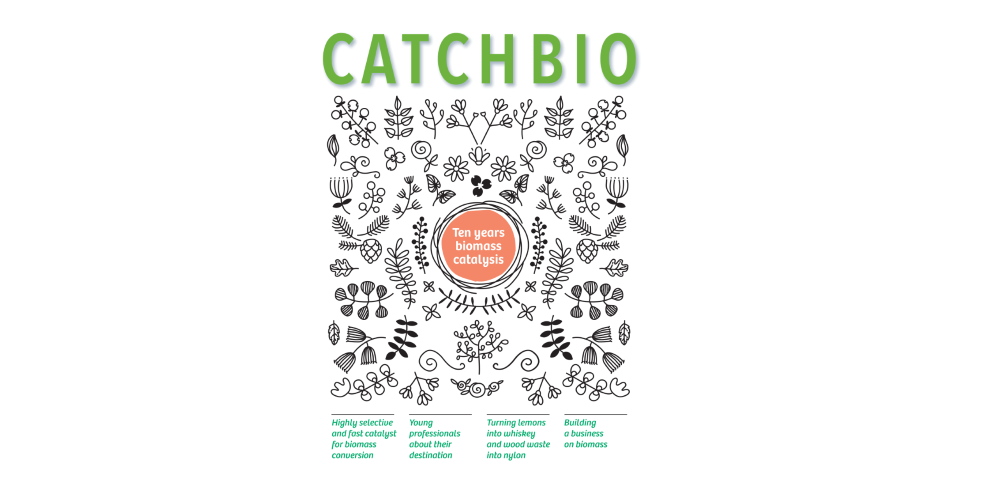Bert Weckhuysen (Utrecht University) was there at the start of the programme which was launched in 2006. In 2005 it was announced that considerable funding would be released for public-private partnership programmes in chemistry. The idea of taking the catalytic conversion of biomass as research theme quickly emerged in the Dutch ‘catalysis community’.
‘Apparently our proposal hit the mark,’ says Weckhuysen. ‘An added advantage was that the academic field and the chemical industry already worked together closely. The infrastructure was already there. What’s more, research in this area was already being done here and there, although it was fragmented. That is why a combination – in CatchBio – would give this research a push.’
Different focus
But it still involved a lot of time and effort before the CatchBio consortium was formed. The catalysis community had to be convinced and new ‘less customary’ partners for chemistry were recruited, such as Wageningen University and Avantium, a company which was still a small company at the time.
When CatchBio started, three domains were specified: energy, bulk chemicals and fine chemicals/pharmaceuticals. The focus initially included biofuels, which seemed to be a promising market at the time. At a later stage attention shifted to chemicals, bulk chemicals in particular.
‘Biofuels were turning more and more into a negative item in the news,’ according to Weckhuysen. ‘You can talk about whether this is right or wrong, but it did have an impact on our research agenda. When we hauled in the results after 10 years, we can say that the research results in the CatchBio programme are found mainly in bulk chemicals and to a lesser degree in fine chemicals and materials.’
One example mentioned by Weckhuysen is the catalytic conversion of levulinic acid into the intermediary gamma valerolactone for the production of materials. A new catalyst based on ruthenium and palladium was developed in CatchBio. It ensures faster and more efficient conversion.
Variable input
One of the major hurdles facing the CatchBio researchers is the biomass itself. Its heterogeneous character provides the necessary challenges in the development of catalysts which can convert this variable input into the desired intermediary product. ‘Catalysis research used to be done mainly in the petrochemical sector, a domain in which the feedstock had high heterogeneity when compared with biomass. Now we had to develop catalysts which could ‘deal with’ the complex character of biomass and which could be scaled up. In practice it often comes down to a combination of different types of catalysts. We now have a list which specifies different catalysis options (bio, (thermo) chemical, heterogeneous and homogeneous) for specific product routes. The guiding principle is: how can you make the catalytic process take place in the most sustainable way possible?’
New generation
As stated, CatchBio has been officially shut down. Will there be a follow-up to the programme? The consortium is being closed, according to Weckhuysen. ‘But there are very many separate research lines which are being continued.’
Thus a number of projects in the reliable analysis of the outcomes of biomass conversion will continue for a time. Research into the use of biomass-based building blocks for coatings will most likely be continued under the colours of the ARC CBBC in Utrecht.
‘In addition, a new generation of engineers and chemists has been trained through CatchBio, and green chemistry can reap the benefits of this for years to come. So I am positive about the future and the importance of this sector for the Dutch economy and society.’



